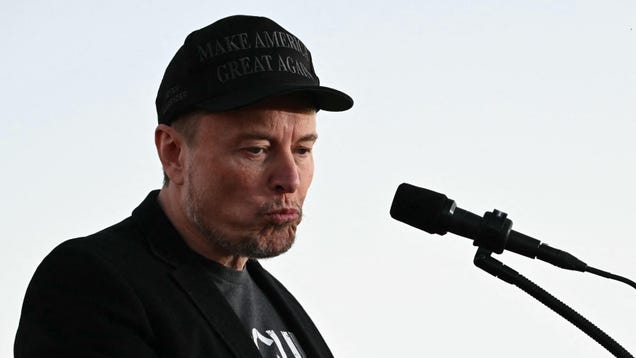The Future of Tesla’s Robotaxi: Promises and Challenges
Tesla has long been at the forefront of the electric vehicle (EV) revolution, but its ambitious plans for a robotaxi service have raised both excitement and skepticism among industry experts and consumers alike. As the company gears up for a significant announcement regarding its robotaxi initiative, it’s essential to delve into what this means for Tesla, the automotive industry, and the future of autonomous driving.
Understanding Tesla’s Vision for Robotaxis
Tesla’s robotaxi concept is built on the foundation of its advanced autonomous driving technology. The company envisions a fleet of self-driving vehicles that can operate without human intervention, providing rides to passengers while generating revenue for Tesla owners. This model not only aims to enhance mobility but also to create a new revenue stream for Tesla, potentially offsetting the high costs of vehicle ownership.
However, the feasibility of this vision hinges on the successful implementation of Full Self-Driving (FSD) technology. Despite Tesla’s claims of having a significant edge in autonomous technology, the reality is more complex. Recent reports indicate that the FSD system still struggles in various scenarios, including navigating complex environments like tunnels. This raises questions about the readiness of Tesla’s technology for widespread deployment in a robotaxi fleet.
The Challenges Ahead for Tesla’s Robotaxi
One of the primary concerns surrounding Tesla’s robotaxi initiative is the regulatory landscape. Autonomous vehicles face stringent regulations that vary by region, and gaining approval for a fully autonomous fleet will require extensive testing and validation. In addition, public perception of safety and reliability remains a significant hurdle. A single incident involving a robotaxi could lead to widespread backlash and regulatory scrutiny, potentially derailing Tesla’s plans.
Moreover, the competition in the autonomous driving space is intensifying. Companies like Waymo, Cruise, and others are making significant strides in developing their own autonomous vehicle technologies. As these competitors advance, Tesla must not only prove the effectiveness of its FSD technology but also differentiate its offerings in a crowded market.
Consumer Expectations and Market Readiness
As Tesla prepares to unveil its robotaxi plans, consumer expectations are running high. Many Tesla enthusiasts are eager to see a tangible product that embodies the company’s promise of a self-driving future. However, the reality may not align with these expectations. Reports suggest that Tesla may not even have fully operational vehicles ready for the launch, which could lead to disappointment among its loyal customer base.
To address these concerns, Tesla must communicate transparently about the capabilities and limitations of its robotaxi service. Setting realistic expectations will be crucial in maintaining consumer trust and enthusiasm. Additionally, the company should consider pilot programs in select markets to gather real-world data and refine its technology before a broader rollout.
The Economic Implications of Robotaxis
The potential economic impact of Tesla’s robotaxi initiative is significant. If successful, it could revolutionize urban transportation, reduce the need for personal vehicle ownership, and decrease traffic congestion. A study by the International Transport Forum suggests that widespread adoption of autonomous vehicles could lead to a 90% reduction in road fatalities and a substantial decrease in transportation costs.
However, the transition to a robotaxi economy will not be without challenges. Issues such as job displacement for drivers, the need for updated infrastructure, and the environmental impact of increased vehicle usage must be addressed. Policymakers and industry leaders will need to collaborate to create frameworks that support a sustainable and equitable transition to autonomous transportation.
Navigating the Road Ahead
As Tesla prepares to announce its robotaxi plans, the road ahead is fraught with challenges and uncertainties. While the company’s vision for a self-driving future is ambitious, the execution will require overcoming significant technological, regulatory, and consumer-related hurdles.
For Tesla to realize its robotaxi dream, it must focus on refining its FSD technology, engaging with regulators, and managing consumer expectations. By addressing these concerns head-on, Tesla can position itself as a leader in the autonomous driving space while paving the way for a new era of transportation. The coming weeks will be critical in determining whether Tesla’s robotaxi initiative will be a game-changer or just another ambitious promise in the ever-evolving landscape of electric vehicles.

